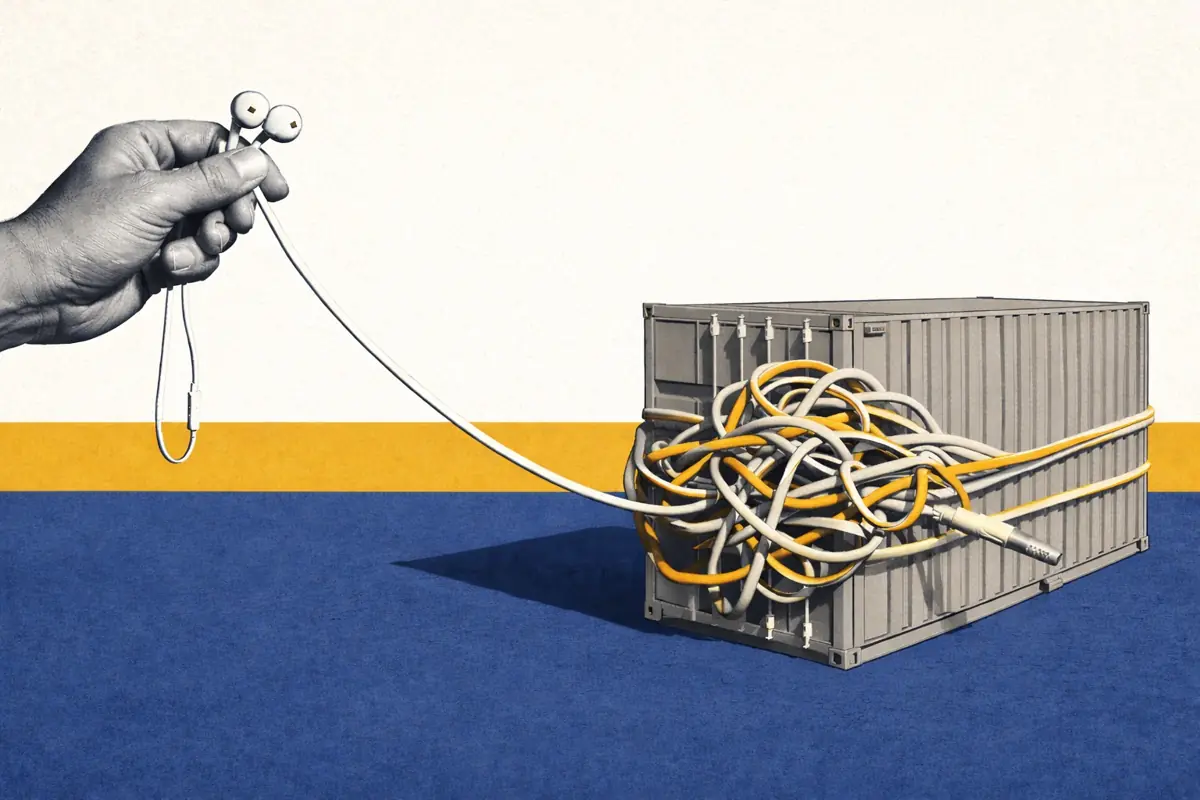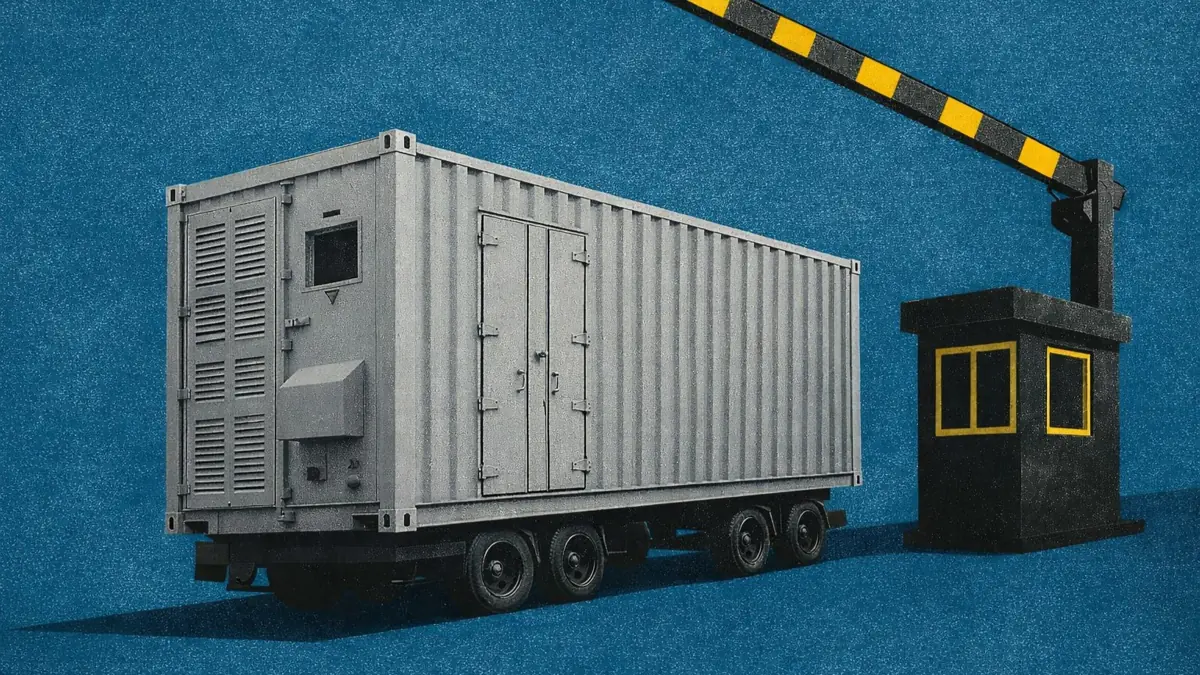FCR explained: Why it matters for batteries
Frequency containment reserve (FCR) is a primary frequency response mechanism used in Europe - and arguably the most straightforward revenue stream for batteries.
It pays for availability, not energy delivered, so committing capacity to FCR offers a low cycling, predictable revenue stream.
But the best assets only opt-into FCR when it beats other revenue streams
Understanding the market structure, and pre-qualification requirements is essential to optimize German BESS assets.
Subscribers to Modo Energy’s German research will discover:
- How frequency is managed in Germany
- How FCR units are activated
- How big the market is, and what share batteries take up
- How to bid into FCR
1. How frequency is managed in Germany
Maintaining the European grid at 50 Hz frequency is critical. Deviations beyond this threshold can cause equipment damage or blackouts.
Europe’s three frequency services:
- FCR: Frequency Containment Reserve
- aFRR: Automatic Frequency Restoration Reserve
- mFRR: Manual Frequency Restoration Reserve
This chart shows how they work together to return frequency back to normal.
FCR acts as the first line of defense, instantly correcting minor deviations.
As frequency deviations escalate, energy output must be sustained for up to 15 minutes.
2. When does FCR activate?
Once prequalified for FCR, an asset’s controller tracks grid frequency and reacts in real time.
FCR is activated as follows:
- ±0.01 Hz deviation → Automatic proportional response must begin
- → Full response (up to maximum committed power) must be delivered within 30 seconds
Already a subscriber?
Log in







